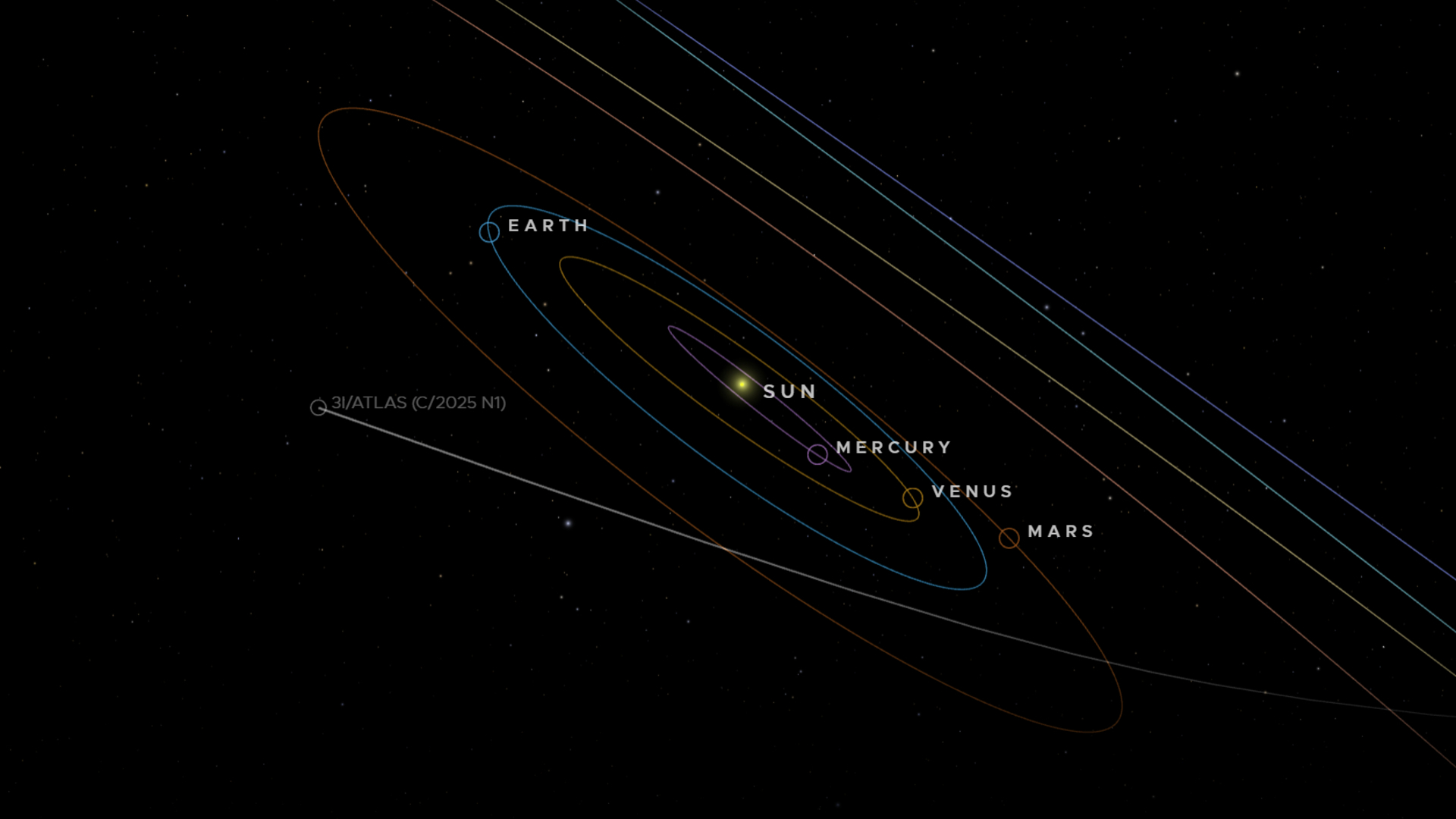Private space tug spins out of control after recent SpaceX launch
Launcher's ride-share spacecraft Orbiter won't fly again until 2024.

Space startup Launcher has lost another of its vehicles following a successful liftoff aboard a SpaceX Falcon 9 rocket.
The Orbiter SN3 space tug, designed to carry smaller satellites such as cubesats and place them into their proper orbits after separating from its launch vehicle, rode to space on SpaceX's Transporter-8 ride-share mission on June 12, but quickly fell into an uncontrollable rotation following separation from its launch vehicle.
Orbiter SN3 telemetry indicated the vehicle's onboard attitude control system had sent the spacecraft into a rapid spin after deployment from the Falcon 9 payload bay. Launcher successfully initiated communications contact with Orbiter SN3, but the craft's rotation prevented its solar panels from receiving the necessary sunlight to maintain power, according to a statement on Launcher's website.
Related: 1st private Launcher space tug fails after launching on SpaceX rocket
The spacecraft carried the payloads of three separate customers to be delivered to their specific orbits. With Orbiter SN3's power supply quickly draining, mission operators decided to deploy their customer payloads early, rather than risk losing the ability to deploy them at all.
Non-critical systems aboard Orbiter SN3 were shut down in an effort to preserve the spacecraft's batteries, but was not enough to prevent the vehicle's eventual loss of power. Orbiter SN3 completed six additional communications transfers with Launcher ground stations, which enabled mission operators to download the entirety of the spacecraft's telemetry data.
SN3's primary payload came from Starfish Space, a company developing satellite servicing technologies. Their Otter Pup spacecraft served as an on-orbit docking demonstration, using Orbiter SN3 as a target vehicle. Unfortunately, a significant amount of rotation was transferred to Otter Pup prior to separation from Orbiter SN3, and the loss of the target vehicle precluded Otter Pup's success.
Breaking space news, the latest updates on rocket launches, skywatching events and more!
"While achieving many mission objectives and improvements from our first Orbiter mission, unfortunately, we will not be able to serve as a docking target for Starfish Space's Otter Pup. We would like to sincerely apologize to our customers and their teams, partners and end customers for this mission degradation," Launcher wrote in their statement.
After analysis, Launcher says the root cause of the anomaly seems to have been a software issue. "We have begun the implementation of corrective action to ensure this anomaly does not occur again on future missions and that the vehicle is more robust to this type of error," the company said.
SN3, despite its name, was Launcher's second Orbiter spacecraft to launch into space. The company lost its first spacecraft, SN1, in February 2023 when it suffered an orientation control issue that prevented it from generating enough power after launching it aboard SpaceX's Transporter-6 mission.
Orbiter's next flight will be SN5, and is scheduled for a February 2024 launch as part of SpaceX's Transporter-10 mission. Launcher also indicated two additional flights scheduled to take place sometime next year.

Josh Dinner is the Staff Writer for Spaceflight at Space.com. He is a writer and photographer with a passion for science and space exploration, and has been working the space beat since 2016. Josh has covered the evolution of NASA's commercial spaceflight partnerships and crewed missions from the Space Coast, as well as NASA science missions and more. He also enjoys building 1:144-scale model rockets and human-flown spacecraft. Find some of Josh's launch photography on Instagram and his website, and follow him on X, where he mostly posts in haiku.

